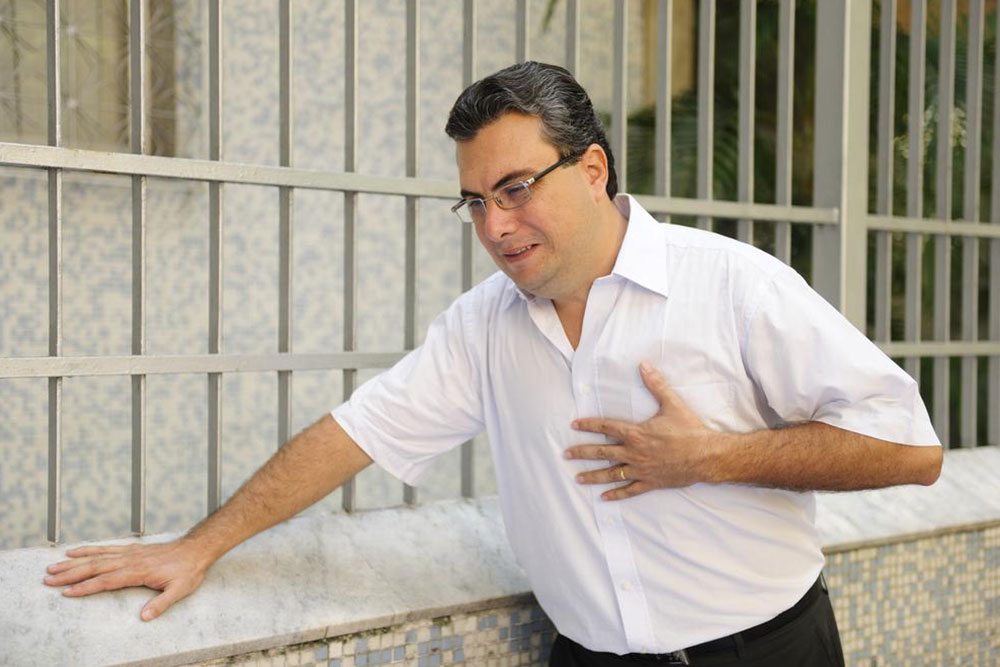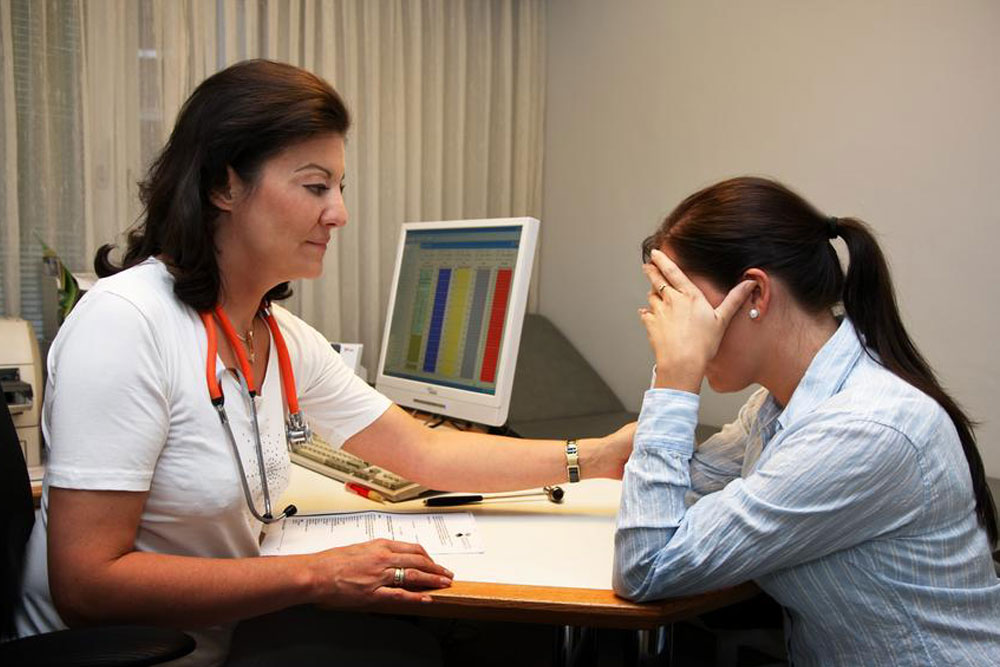How to Detect Early Symptoms of a Mini Stroke: Essential Knowledge for Prevention
Learn the crucial signs of a mini stroke, also known as transient ischemic attack (TIA), and discover how quick recognition can save lives. This comprehensive guide highlights symptoms, risk factors, and the importance of immediate medical attention to prevent severe strokes and long-term brain damage.

Understanding the Early Symptoms of a Mini Stroke and What You Need to Do
Strokes are serious medical emergencies that can lead to long-term disability or even death. However, many individuals experience subtle warning signals beforehand, known as mini strokes or transient ischemic attacks (TIA). Recognizing these early signs is crucial for prompt intervention, which can significantly reduce the risk of a full-blown stroke and improve recovery outcomes.
A mini stroke occurs when there is a temporary reduction in blood flow to the brain, causing neurological symptoms that typically resolve within a few hours or days. Despite their transient nature, these episodes serve as critical warning signs indicating underlying vascular problems that require immediate medical attention. If ignored, they can lead to permanent brain damage or a subsequent more severe stroke.
Understanding the causes, symptoms, and risk factors associated with mini strokes can empower individuals to seek timely care and adopt healthier lifestyles to safeguard their brain health.
Key Symptoms of a Mini Stroke to Watch Out For
Since the symptoms of mini strokes often mirror those of major strokes, rapid recognition and response are vital. The F.A.S.T. mnemonic provides a simple way to remember the critical signs:
Face Drooping
Observe if one side of the face appears droopy or numb. Ask the person to smile—an uneven smile is a warning sign.
Arm Weakness
Check if one arm feels weak or numb. Difficulty raising both arms or an arm drifting downward indicates possible trouble.
Speech Difficulties
Sudden slurred speech, trouble understanding others, or inability to speak are common indicators. Asking simple questions can help assess speech clarity.
Timeliness Matters
Immediate medical response can prevent progression to a more severe stroke. Recognizing symptoms early can be lifesaving and improve recovery chances.
Additional signs include dizziness, brief visual disturbances such as blurred vision, or sudden severe headaches differing from usual migraines. Visual symptoms might only affect one eye, causing blurry or dim vision that quickly resolves.
Mini strokes are influenced by the affected regions in the brain, and early intervention can preserve neurological function. Diagnosis often involves imaging tests such as MRI or CT scans to confirm the temporary blockage or narrowing in blood vessels.
Awareness of these symptoms and prompt action can save lives and reduce long-term disability. If you or someone nearby shows signs of a mini stroke, acting fast and seeking emergency medical care is imperative.
Preventing a future full stroke starts with early management of underlying risk factors like hypertension, high cholesterol, diabetes, smoking, and sedentary lifestyle. Regular check-ups and lifestyle modifications can substantially decrease the chances of cerebrovascular events.
In summary, understanding the early indicators of a mini stroke is essential for everyone. Early recognition, immediate medical intervention, and preventative health strategies can make a significant difference, saving lives and improving quality of life after such incidents.





